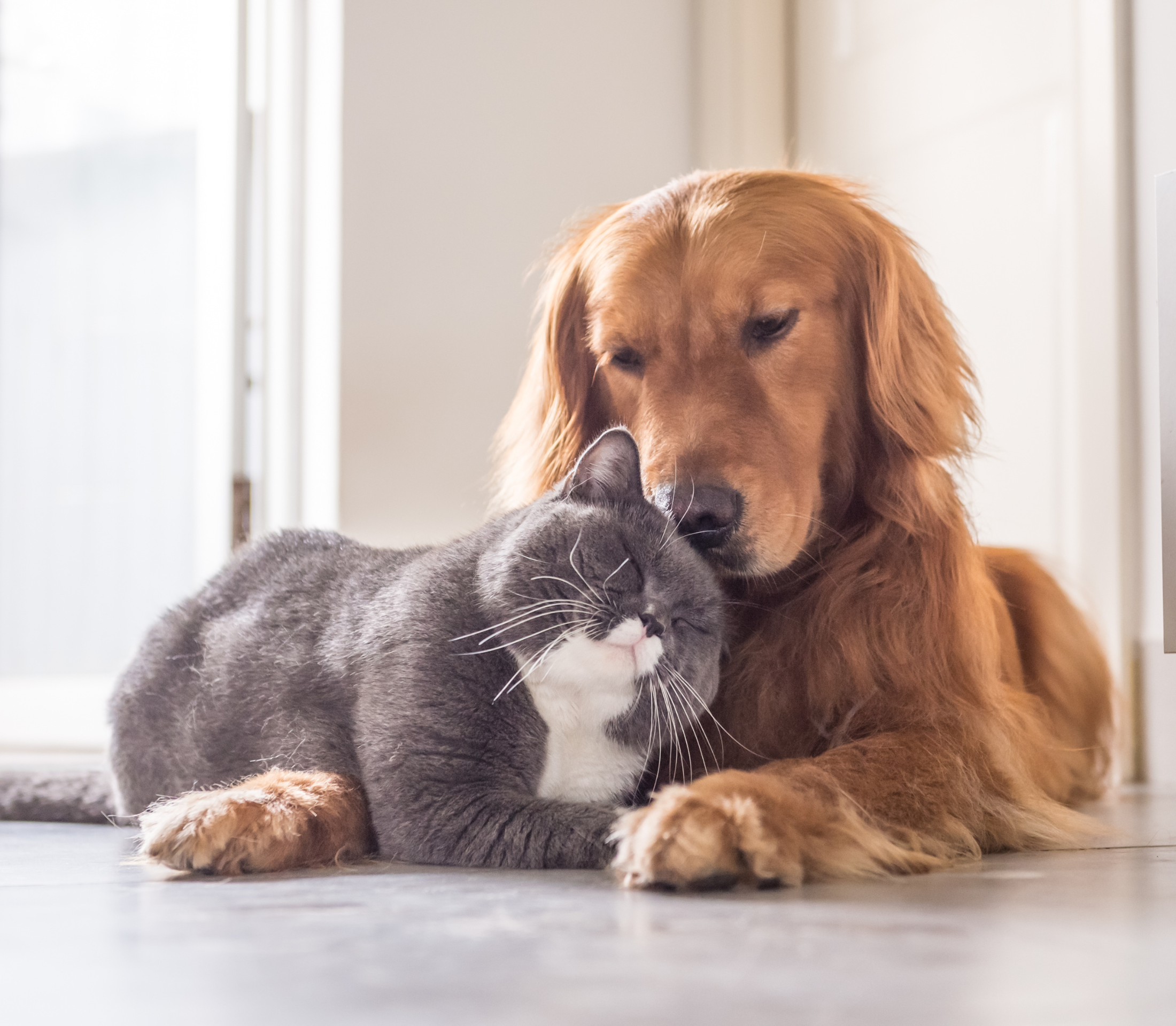Litterbox Woes
Our feline pals are known for being very clean. In fact, this is one of the best things about them … along with their adorable furry faces, charming antics, and affectionate snuggles. Fluffy is also an easy keeper. She’ll keep herself clean, doesn’t need walks or training, and will discreetly use a litterbox to see to her needs. However, while setting up your feline pal’s powder room isn’t exactly rocket science, there are some things to keep in mind. A local vet discusses kitty litterboxes in this article.
Do Kitties Like Open Or Closed Litterboxes?
While we can’t exactly poll our feline pals on this, it does seem like most cats prefer an open box. It’s probably a bit easier for her to get in and out of, and she can also see. Of course, most people usually would rather have closed ones, which are better at hiding the sights and smells, especially in small spaces. As long as your pet uses her powder room and isn’t having issues with it, use whatever you like.
How Many Litterboxes Should You Have?
While cats will share bathroom space if they must, most prefer not to. You may also find that having two litterboxes is less smelly than having one.
If you have more than one kitty, you’ll need more than one box. The general rule of thumb is that you would need one box per furball, plus at least one extra.
If you have a large and/or multi-leveled house, you may also want to put litterboxes on every level. This goes double for those with senior cats. You don’t want an aging kitty to have to go up or down stairs every time she has to go!
Is It Ok To Move A Cat’s Litter Box?
You can, but your feline pal may not be happy about it. Cats are very much creatures of habit, and they often don’t do well with major changes. And yes, to Fluffy, even rearranging her bathroom can be enough to upset her.
The main thing is to make sure your pet knows where the new spot is. If your furball has any incidents, you may need to move the box back to the old place.
How Often Should I Change Litter?
As a general rule of thumb, we would recommend scooping your furry pal’s box out daily and then changing the litter out every week or so. You may be able to go two or even three weeks if you’re diligent about scooping and adding more litter in. Of course, if you have more than one cat and they are sharing a litterbox, you’ll need to change things more often.
Where to Put Your Cat Litter Box?
Of course, this one will depend on how much space you have. If you have a studio, you may not have many options. That said, there are a few things to keep in mind here.
- Ideally, your kitty’s powder room should be in a quiet spot. A corner is usually a good choice, though this isn’t a must.
- You don’t want the box to be in direct sunlight, in a drafty area, or in any spot that’s hard for your feline pal to reach.
- The box should not be too close to Fluffy’s food and water dishes. It also shouldn’t be near her bed.
- Cats prefer to have some privacy when they are doing their business, and who can blame them? Avoid high-traffic areas.
Do Cats Like When You Clean Their Litter Box?
Fluffy may not exactly thank you with purrs and cuddles, but you may notice that your feline overlord will probably act pleased after you’ve cleaned her bathroom. In fact, she may hop right in as soon as you put fresh litter down. No one likes a dirty bathroom!
How Do I Hide A Litterbox?
If you have a spare bathroom or a spot in your utility room for Fluffy, this would be a great option. Those with less space may want to do some camouflaging.
Here are a few options:
- Folding Screen This is a good option for a corner. Just set it up kitty corner, and leave room for your kitty to get in and out.
- End Table There are a few things you can do with these. One is to repurpose an enclosed end table (the type with doors.) Cut a hole in the side for Fluffy to get in and out of, and then use the existing doors for cleaning access. You can also do this with a buffet, trunk, or coffee table.
- Another option for end tables? Get the kind with four legs. Put the litterbox under it, and then drape fabric over the table. You can put a plant on the table top as well to help with smells. Just stick with safe ones. (The ASPCA has a great list here.)
- Custom Pieces You can also get some customized pieces. These are made to hold litterboxes, and tend to be quite attractive and durable. Some just look like typical furniture: others may look like plant pots. You can also get these in different styles or colors.
What If My Cat Stops Using The Litterbox?
Kitties can become litterbox shy for a few reasons. Medical issues are one possibility. We would recommend having your pet fully examined, to rule this possibility out.
Fluffy may also feel stressed out, perhaps by major changes. Or, maybe she doesn’t like that new litter you tried. If you’ve recently made changes, go back to your old setup.
It’s important to know what not to do. If your feline pal makes a mess outside her box, don’t punish her for it. She may begin to associate the litterbox with your reaction, and may get even more anxious or scared of it!
What Sort Of Litterbox Should I Get?
For the most part, you can get anything that you and your kitty like. There are a few caveats, though.
If you have a kitten, avoid clay and clumping litters. Little Fluffy is quite clumsy, and may accidentally ingest litter. These specific products can cause dangerous—and potentially life-threatening—blockages if ingested. Wait until your furry friend is grown up.
Seniors also have some special needs. Older kitties often have trouble getting in and out of litterboxes with high sides, and generally find it easier to manage ones with low walls.
You can also ask your vet about litters that change colors. These aren’t going to catch everything, and should by no means replace veterinary care, but they may be helpful.
How Do I Beat Litterbox Odor?
Really, the best option is to keep it clean! However, products such as liners can also help. You can also set out pet-safe plants to help clean the air.
What About Automated Litterboxes?
These, in general, get mixed reviews from both people and pets. Some seem to work really well. Others? Not so much. Ask your vet for specific advice.
What Should I Watch For?
Changing Fluffy’s litterbox may not be the best part of your day, but it is important … and useful. Pay attention to what you find. Changes in the amount, texture, color, or scent of your pet’s waste can be signs of medical issues. Contact your vet right away if you notice anything off.
It’s also important to know that straining to urinate is also a red flag. This can be a sign of a urinary blockage, which is very dangerous for cats. Ask your vet for more information.
Make An Appointment At Our Pet Hospital
Has it been a while since your kitty saw her doctor? Is Fluffy due for an exam, vaccines, or parasite control? Please do not hesitate to contact us anytime. As your local veterinary clinic, we are dedicated to offering great care.



